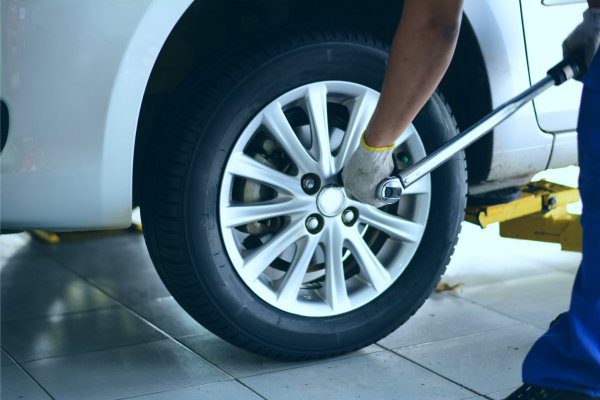
7 common mistakes when changing tires
Content
Autumn is coming in full force and the temperature outside is dropping. It's time to change summer tires to winter ones. Most car owners visit their respective workshops, for which this time of year is a favorite as it brings in the most turnover. There are, of course, drivers who prefer to do it themselves. This way they cut costs and cut queues, but put their car at risk if they don't have the right equipment.
In both cases, mistakes can be made and, accordingly, they can lead to serious troubles on the road. Here are the most serious ones that can be easily avoided.
Fitting worn out or defective tires
Winter tires that are about to be worn are stored for months. Therefore, they need to be carefully checked every month. If they are not removed from the rims, the owner can orient himself on the gauge by carefully examining this tire, in which the pressure is lower than in others.
It is also recommended to check for damage caused by careless disassembly, as well as check tire wear, which should be even. Wear on the sides indicates under-inflated driving, and wear on the center indicates over-inflation.
It is also necessary to check the tread depth of the tire itself. According to the regulations, it must be at least 4 mm. If it is less, its use is strictly prohibited.
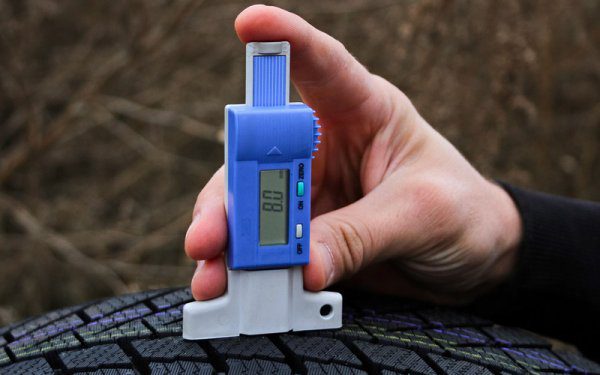
Rust and damage to wheel rims
Before installing a new set of tires, it is necessary to carefully inspect the rims themselves and assess their condition. Installing a strong tire on a damaged rim will cause it to fall and, accordingly, the driver will have to pump it every morning. In the end, the problem will not be solved on its own and you will need to visit a service center. Where they will do what should have happened in the beginning - repair and clean the rim itself so that it can be used.
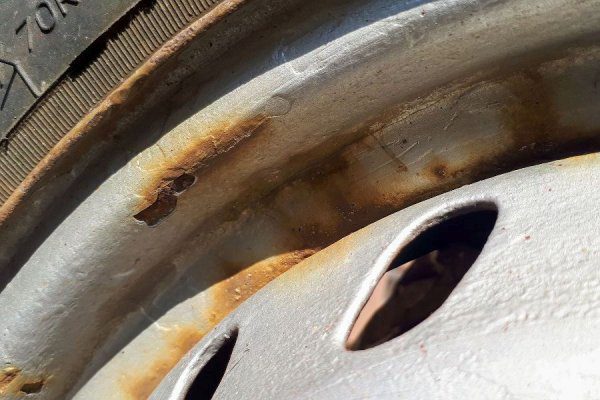
Installation
Installing tires requires some skill and equipment, so the best solution is to leave it to the professionals. They don't need to be told how to do it and they will definitely do better.
When installing tires on a rim, a special paste must be used so that the end of the tire can slide on the rim. Never use engine oil or lithol-based grease, as they will corrode the tire. As a last resort, you can use a soapy solution.
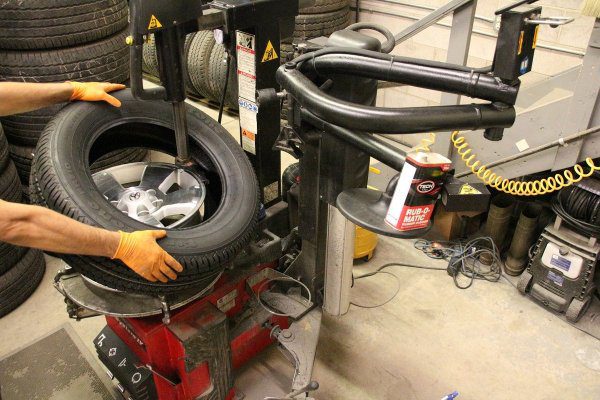
Ignoring inscriptions on the tread
To achieve optimal traction, designers place a sign on the tire tread indicating the direction of its rotation. Care must be taken during installation, as a mistake in this case (replacing a tire) will damage the vehicle's handling, road stability and increase the risk of slipping. In the case of an asymmetric tread pattern, the manufacturer indicates the direction in which the wheel should be turned - outward or inward.
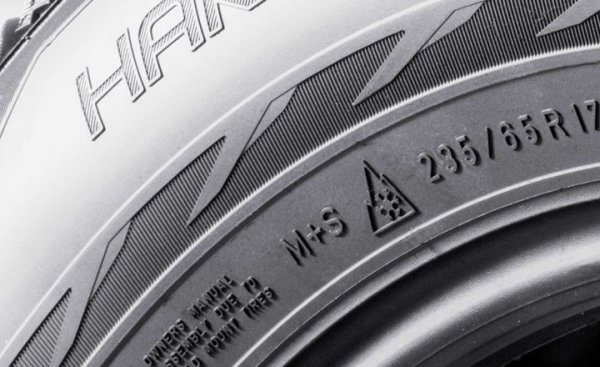
Insufficient pressure
Tires usually fall off when removed and stored. Accordingly, the pressure in them must be checked after installation. And if you don’t know what values it should have, it’s easy to find out - they are located on the front or middle pillar in the driver’s door opening.

Bad balance
A good balance of tire and rim can only be achieved in a specialized tire center, where a dedicated stand is used. There they will select and place the required loads. The balanced wheels not only ensure smooth running and even wear, but also improve road safety.
It is a mistake to think that careful driving and obstacle avoidance can save you from imbalance. Few people know that tire wear is different for every part. This is because the rubber compound from which they are made is not uniform. During the movement, the layers are erased and the internal weight distribution changes. The higher the speed, the greater the imbalance. Therefore, whenever possible, the tire balancing should be checked.
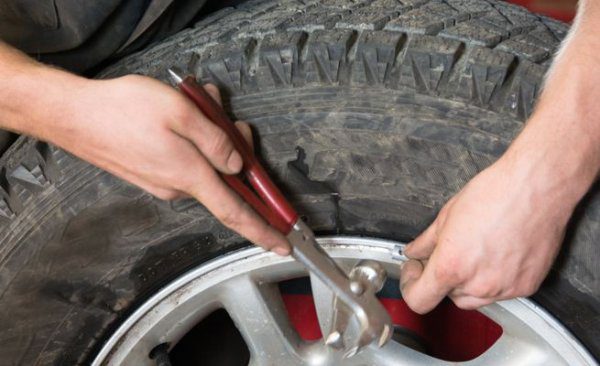
Tighten the bolts and nuts
Use a torque wrench when tightening the bolts and nuts of the installed tire. Service centers use a pneumatic wrench and the standard pressure should be 115 Nm, unless otherwise stated in the vehicle's operating instructions. There is also a danger of overtightening, which also does not lead to anything good.
In addition, do not lubricate the bolts to facilitate subsequent removal. This action can lead to loosening of the nuts and even the fall of the wheel while driving.

